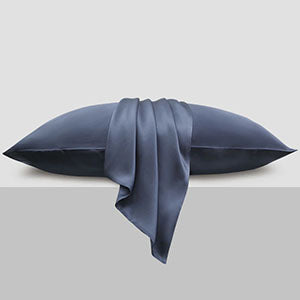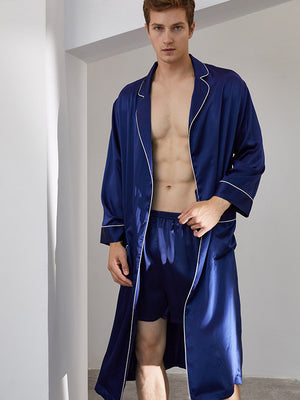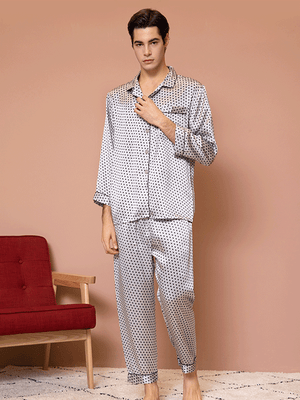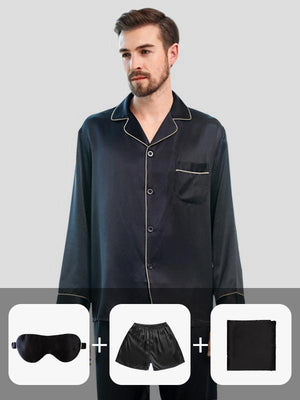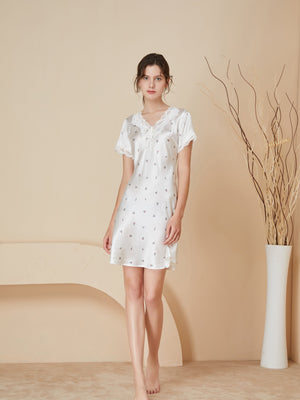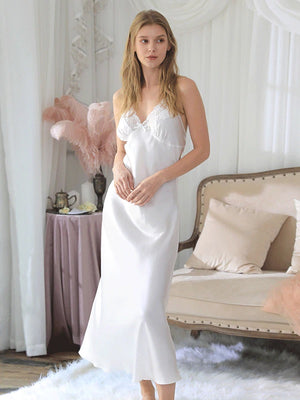Silk Abaya Dress: The Epitome of Elegance and Cultural Heritage in Modern Fashion
- ved wangfred
-

In a world where fashion trends come and go, the silk abaya dress stands as a beacon of enduring sophistication. Blending tradition with modernity, this iconic garment has transcended generations, captivating wearers with its fluid elegance and cultural resonance. Whether draped over shoulders in bustling cities or adorning figures during sacred ceremonies, the silk abaya dress tells a story woven from threads of heritage and innovation.
The Historical Tapestry of the Abaya
Long before becoming a global fashion statement, the abaya served as a cultural cornerstone in Middle Eastern societies. Historical records trace its origins to ancient civilizations that valued modesty without compromising on aesthetic appeal. The introduction of silk transformed this traditional cloak into a luxurious garment reserved for special occasions, its shimmering surface reflecting both sunlight and social status.
Silk: The Fabric of Royalty
What makes silk such a prized material for abayas? The answer lies in its unique biological properties. Produced by silkworms, this natural protein fiber boasts:
- Temperature-regulating capabilities for all-season comfort
- Hypoallergenic qualities for sensitive skin
- Exceptional durability despite its delicate appearance
- Natural sheen that enhances color depth
These characteristics elevate the abaya from simple body covering to a masterpiece of textile engineering. The way silk catches light creates mesmerizing movement with every step, making the wearer appear to glide rather than walk.
Modern Interpretations and Design Innovation
Contemporary designers have reimagined the silk abaya dress while preserving its essence. Architectural draping techniques create fluid silhouettes that flatter diverse body types. Strategic pleating adds dimension without bulk, while hidden zippers maintain clean lines. Some avant-garde versions feature:
- Convertible necklines that transition from day to evening wear
- Detachable sleeves for climate adaptability
- Magnetic closures replacing traditional fastenings
- Laser-cut patterns inspired by Islamic geometric art
The Color Revolution
While black remains a classic choice, modern silk abaya dresses explode in a spectrum of hues. Designers now use advanced dyeing techniques to achieve:
- Ombré fades that mimic desert sunsets
- Metallic undertones for evening sophistication
- Jacquard patterns woven directly into the fabric
- Earthy neutrals that complement various skin tones
This chromatic evolution allows wearers to express personal style while respecting cultural codes of modesty.
Cultural Significance in Global Fashion
The silk abaya dress has become a diplomatic ambassador of Islamic fashion, bridging cultural divides through its elegant simplicity. International runways now regularly feature reinterpretations that spark conversations about:
- The intersection of faith and fashion
- Sustainable production methods
- Ethical consumerism in luxury markets
- Cultural appropriation vs. appreciation
This global recognition has encouraged innovation in modest fashion, with designers experimenting with sustainable silk alternatives and zero-waste cutting techniques.
The Art of Styling
Modern styling techniques have transformed the silk abaya dress into a versatile wardrobe centerpiece. Fashion influencers demonstrate how to:
- Layer with structured belts for waist definition
- Pair with contrasting underdresses for peekaboo color effects
- Accessorize with statement jewelry that complements rather than competes
- Combine with contemporary footwear from sneakers to stilettos
Occasion-Specific Adaptations
The silk abaya dress morphs effortlessly between settings:
- Corporate Environments: Tailored cuts with minimal embellishment
- Wedding Celebrations: Embroidery-laden hems with crystal accents
- Casual Outings: Shorter lengths with breathable linings
- Formal Events: Train details and ornate fastenings
This chameleon-like adaptability explains its growing popularity across demographics and geographies.
Preserving Tradition Through Craftsmanship
Behind every silk abaya dress lies hours of meticulous craftsmanship. Traditional techniques passed down through generations include:
- Hand-rolled hems for seamless edges
- Micro-pleating that survives countless wears
- Invisible stitching techniques
- Natural dye extraction processes
Modern artisans combine these time-honored methods with digital pattern-making tools, ensuring precision while maintaining human touch in every stitch.
The Future of Silk Abaya Fashion
As sustainability becomes paramount, innovators are exploring:
- Peace silk production that preserves silkworm life
- Blockchain-tracked supply chains
- 3D knitting technology reducing fabric waste
- Biodegradable metallic thread alternatives
These advancements promise to elevate the silk abaya dress into a symbol of ethical luxury, marrying ecological responsibility with cultural preservation.
From sun-baked dunes to glass skyscrapers, the silk abaya dress continues its silent revolution. It whispers stories of ancestral wisdom while shouting modern self-expression through every rustling fold. As boundaries between traditional and contemporary fashion blur, this garment stands poised to redefine luxury modesty for generations to come—proving that true style never compromises, but evolves.
